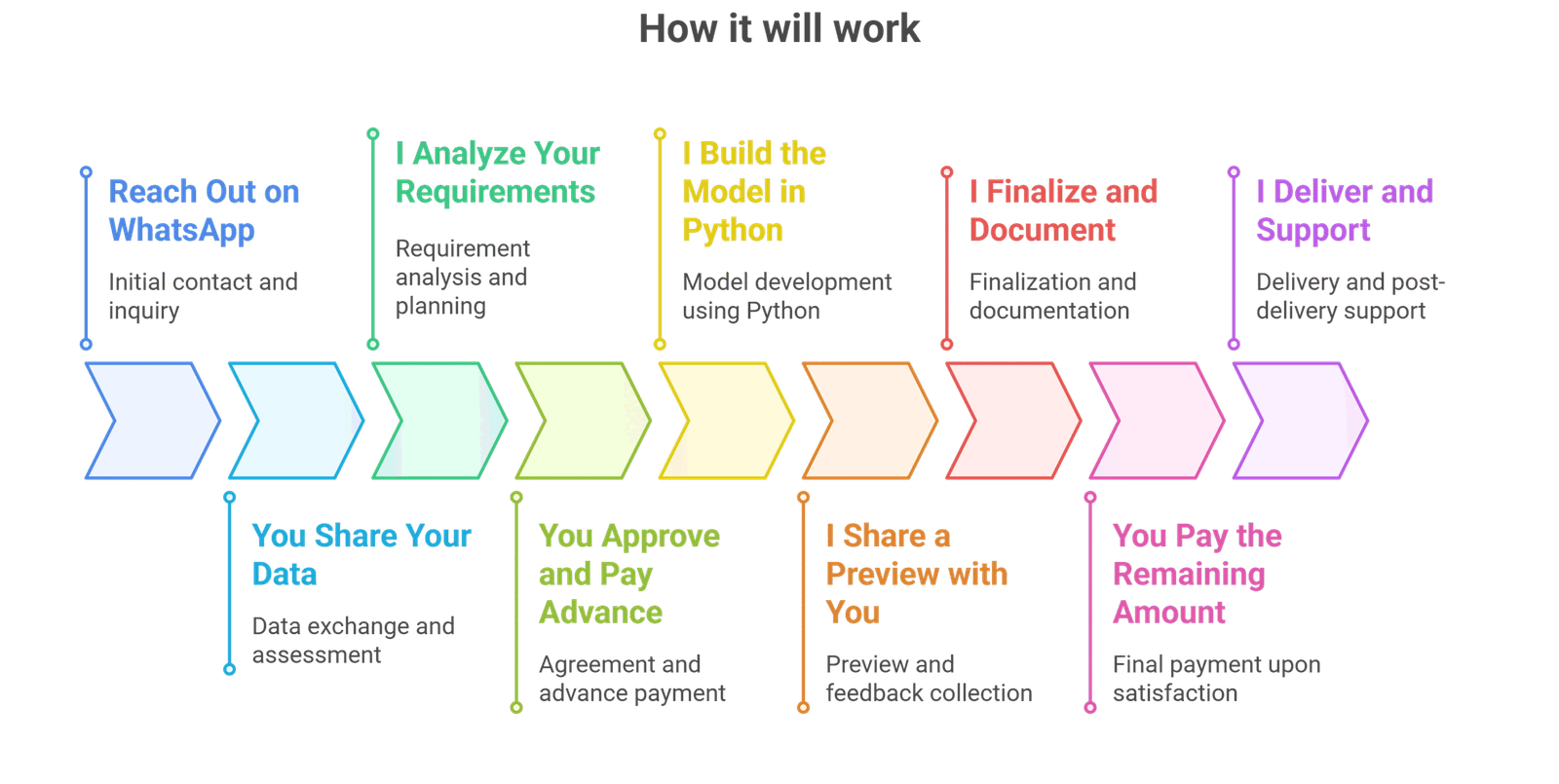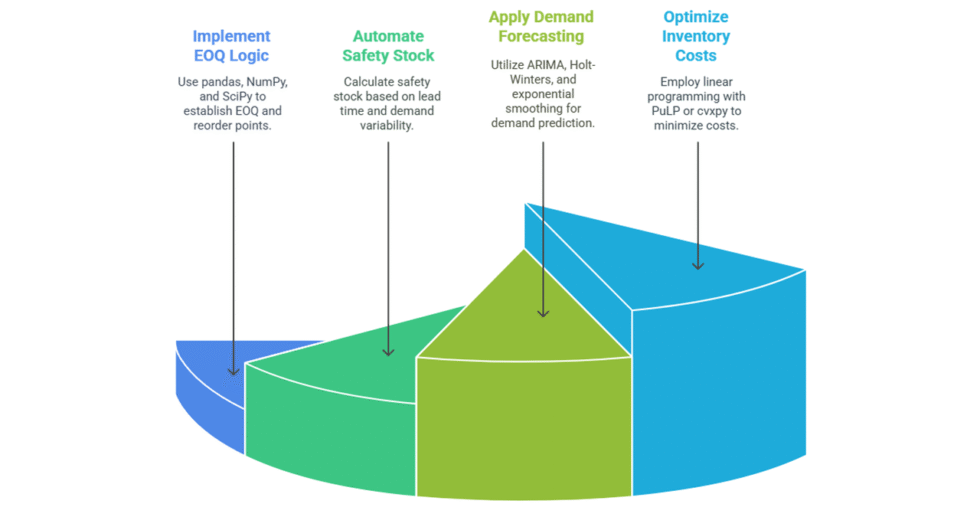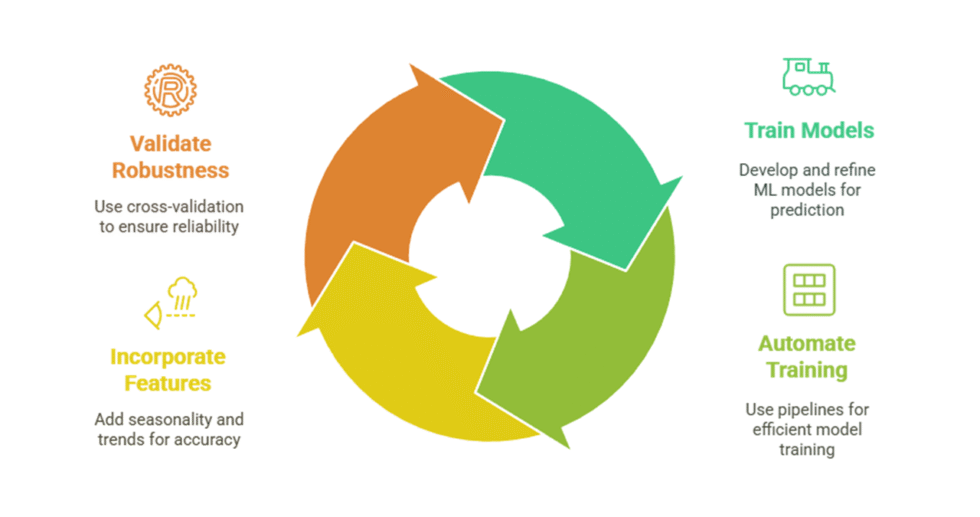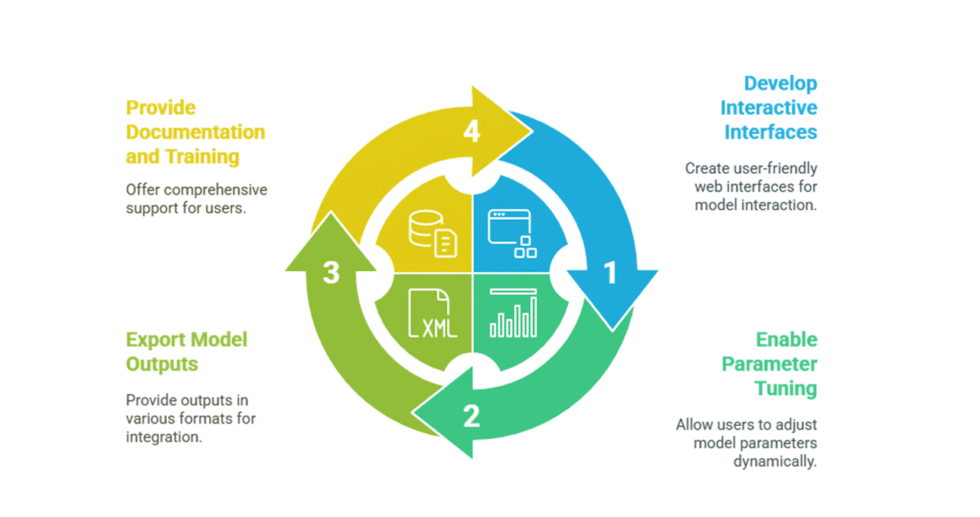I can help you build inventory management model using Python
- 3.9
- (5)
Project Details
Why Hire Me for Python-Based Inventory Optimization?
I specialize in Python for data analytics, helping businesses design inventory management and forecasting models that improve accuracy, automation, and decision-making.
From classic EOQ frameworks to machine learning–driven demand forecasting, I deliver Python inventory optimization models built for real-world business performance.
What Makes My Python Inventory Service Different
-
Expertise in pandas, NumPy, SciPy, scikit-learn, Dash, and Flask for analytics and visualization
-
Proven experience across retail, e-commerce, manufacturing, and logistics domains
-
Models are efficient, scalable, and ready for real-time deployment
-
Capable of both Python-Excel integration and interactive dashboard development
-
Includes hands-on training and complete documentation for long-term usability
Each solution is built to reduce stockouts, optimize reorder points, and lower holding costs using data-driven methods.
What I Need From You to Start Your Project
To create a custom Python-based inventory forecasting or optimization model, please share the following information:
1) Project Objectives and Scope
-
Define your inventory management goals (e.g., optimize EOQ, prevent stockouts, forecast seasonal demand).
-
Outline key operational challenges and success metrics.
2) Inventory Data Inputs
-
Provide historical data: sales, stock levels, reorder history, supplier lead times.
-
Supported formats: Excel, CSV, SQL export, or API connections.
-
Mention any missing values or data-cleaning needs.
3) Modeling Approach
-
Preferred methods: EOQ, linear programming, simulations, or machine learning using Python.
-
Specify required analytics features such as forecasting accuracy, safety stock calculation, or cost optimization.
4) Output and Deliverables
-
KPIs: reorder points, safety stock, turnover ratio, and forecast accuracy.
-
Choose output type: Python script, Excel dashboard, or Flask/Dash web app.
5) Model Testing and Validation
-
Indicate whether you can test with historical data.
-
Define validation KPIs like forecast error rate, fill rate, or service level.
6) User Interface and Dashboard
-
Do you need a dashboard for Python users or non-technical managers?
-
Select interactivity: input boxes, sliders, or visual inventory reports.
7) Documentation and Training
-
Options include PDF user manual, commented code, or video walkthrough.
-
Training for internal teams can be provided.
8) Deployment and Integration
-
Decide between stand-alone models or integration with existing ERP/CRM systems.
-
Outline how you plan to deploy and maintain the solution.
9) Timelines and Checkpoints
-
Specify delivery dates, milestones, or review cycles (weekly/bi-weekly).
10) Support and Customization
-
Need post-delivery support or recurring updates?
-
Mention additional features such as auto-replenishment alerts or API-based reporting.
Portfolio
Python-Based Inventory Optimization for a U.S. Mid-Sized Retail Chain Using EOQ and Safety Stock Logic
Built a customized inventory model using EOQ and safety stock formulas in Python for a U.S. retail chain. The model improved ordering efficiency and reduced stockouts and overstock penalties by over 20%.
Production Inventory Model for a U.S. Manufacturing Plant Using Python and Demand Forecasting
Developed a Python-based inventory simulation model to align raw material orders with forecasted production volumes. The model helped reduce holding costs and raw material shortages at a Tier-2 auto parts supplier.
Python-Driven Medicine Inventory Model for a U.S. Multi-Clinic Healthcare Provider
Designed a Python tool to forecast medicine consumption and calculate reorder points for multiple clinics based on past usage patterns and supplier lead times. Helped reduce expired stock and prevent critical shortages.
Process

Customer Reviews
5 reviews for this Gig ★★★★☆ 3.9
Impressive model output, but initial integration with our ERP data needed some extra support.
The Python dashboard gave me real-time visibility into stock status and simplified decision-making.
The model handled multiple warehouses and products efficiently and came with detailed documentation.
The demand forecasting model in Python was very accurate and helped reduce our overstock by 20 percent.
Everything worked well, though I had to ask for clearer instructions on running the simulation scripts.













